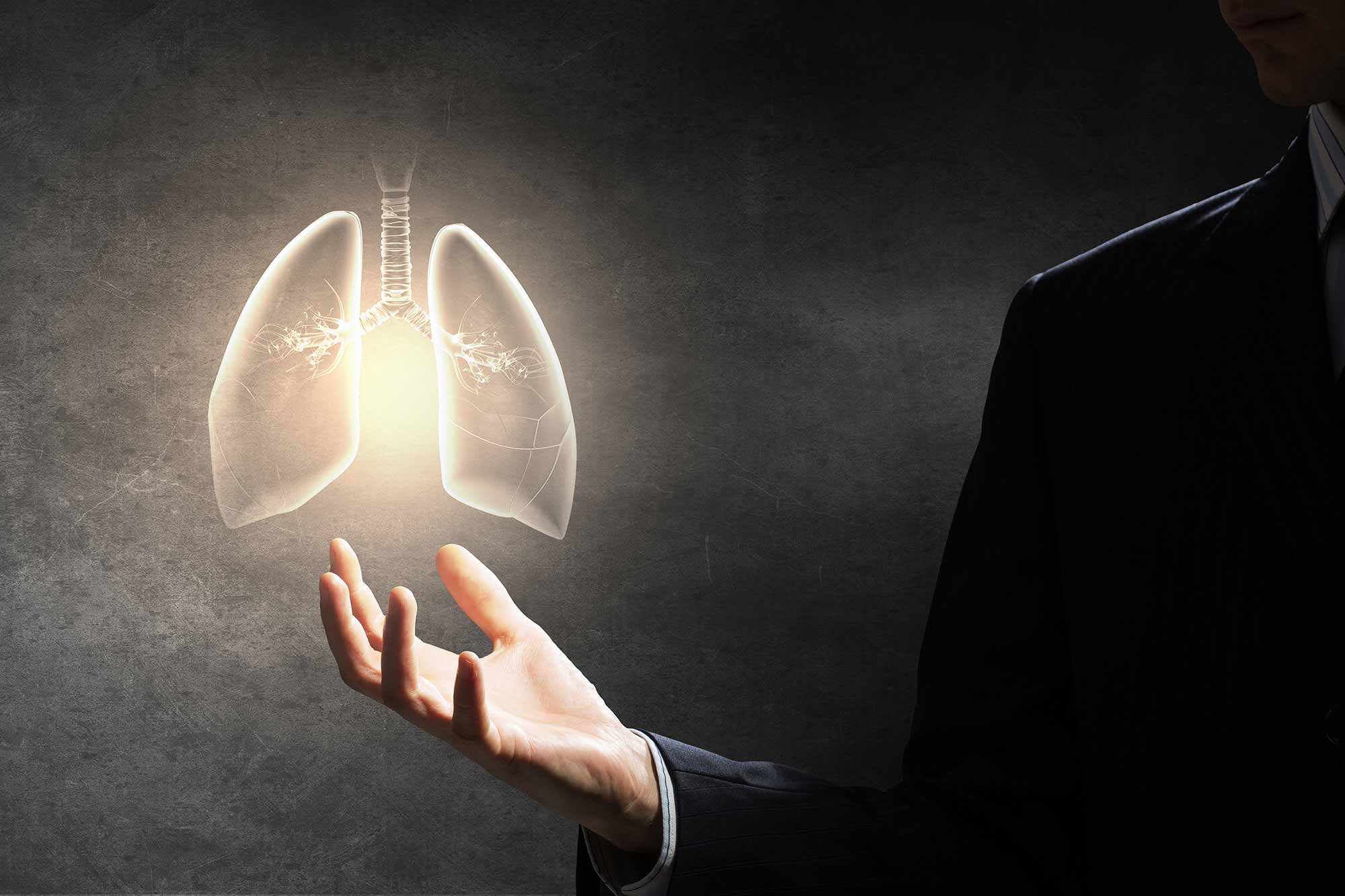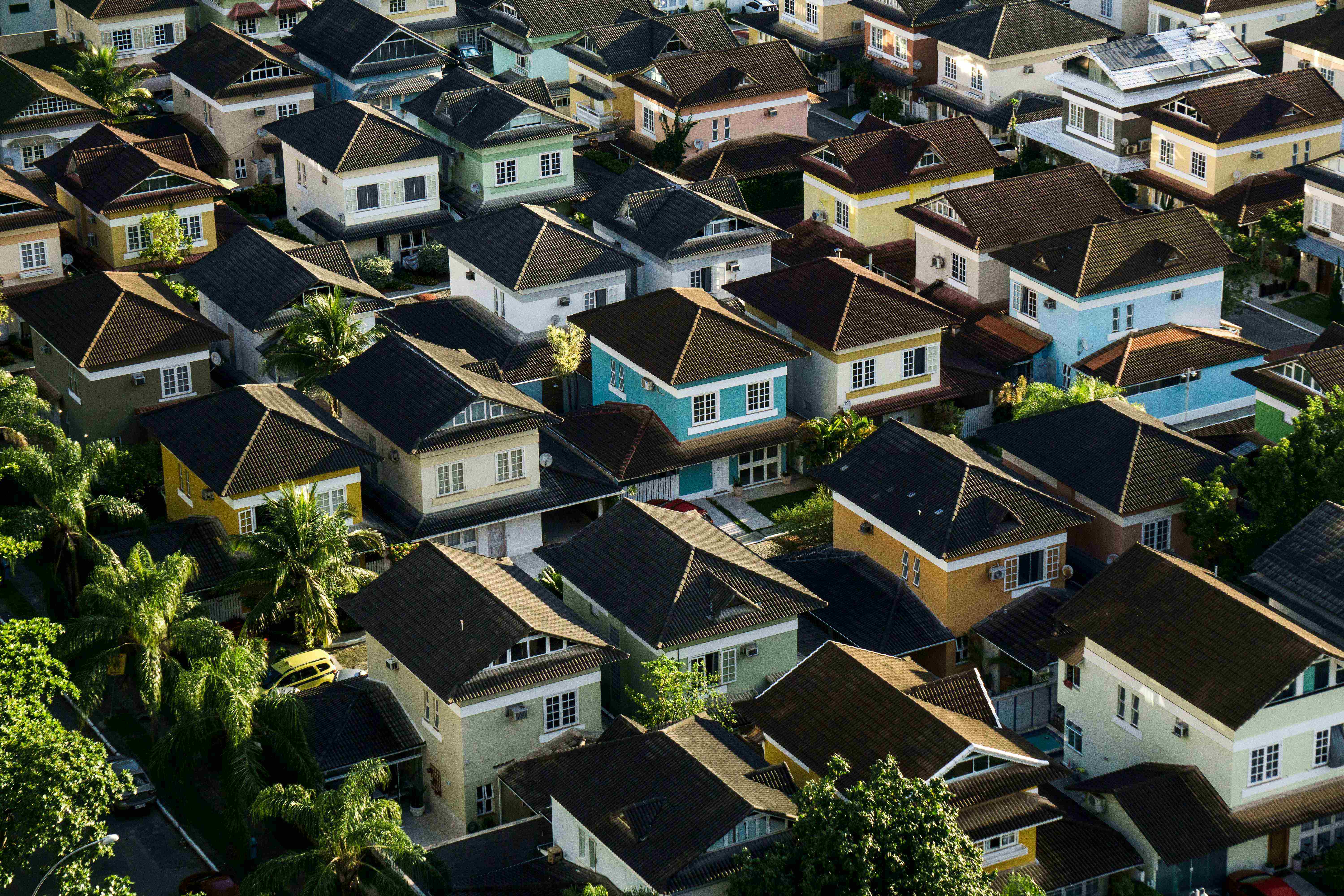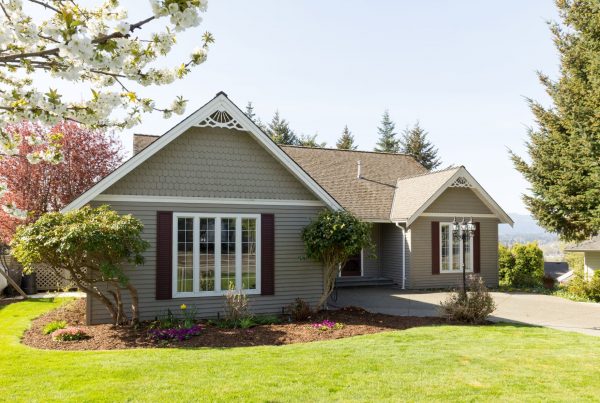You often carry out a radon measurement when buying houses and properties. But what is radon and why do you need to measure it and why is it dangerous?
Radon is dangerous
Radon is an element with atomic number 86 and chemical symbol Rn. It is a so-called “inert” gas, which means that the element radon does not readily react with other substances. However, radon gas is radioactive and decays naturally. When the radon decays, it emits ionising radiation containing alpha particles.
Ionising radiation
Ionisation removes electrons from an atom by means of radiation. Atoms, which were previously in equilibrium, then become charged ions which are able to react with other atoms or ions. Such reactions can damage and/or alter a DNA molecule and cause mutations or cancer or can kill cells. For that reason, ionising radiation, and therefore radon, is dangerous to humans.
Why are you exposed to radon in a building?
Radon in its normal form exists as a gas. You’d, therefore, presume that airing the building would get the radon out. You can fix some types of radon problem through simple ventilation, but this is not the best solution in many other cases. Unfortunately, the gas fills up constantly if the surrounding soil of the building has a radon content that refills the indoor air.
Radon belongs to one of the natural decay chains, i.e. other radioactive substances decay and form new substances. Uranium and radium, two radioactive elements that exist in certain types of bedrock, are present earlier in this chain. In areas with high uranium levels or radium-rich ground, the risk of so-called “soil radon” will be higher. Radon is particularly common in buildings with basements because the walls are more exposed to the surrounding ground.
Long-term effects and radiation doses
Elevated radon levels in a building can cause an increased risk of cancer, particularly lung cancer. When you live and spend a lot of time in the building, radon can gradually cause harm. Currently, the recommended radon level is less than 300 Bq m-3in rooms in which you spend a lot of time (WHO recommends no more than 100 Bq m-3). If the value is higher, you should take action to deal with the radon problem.







